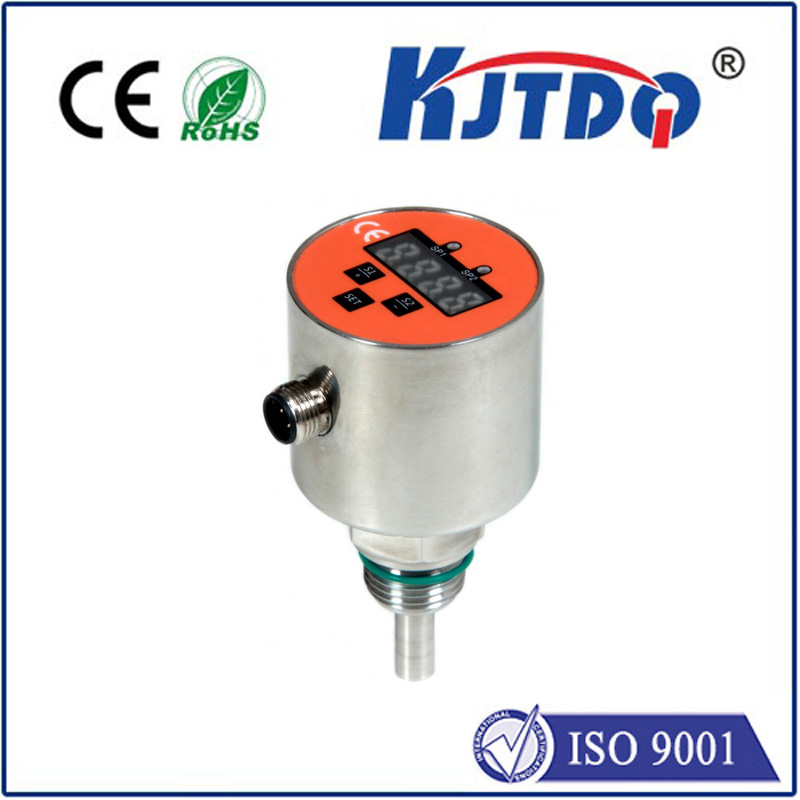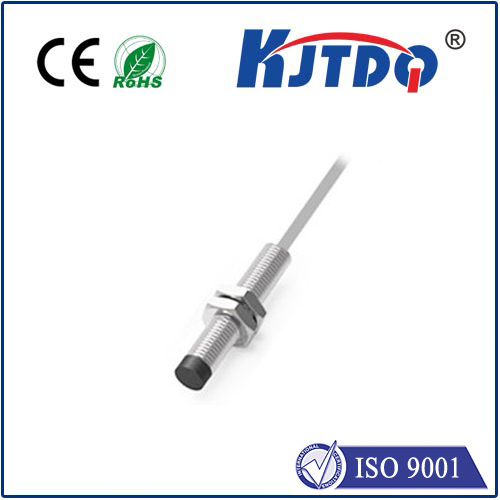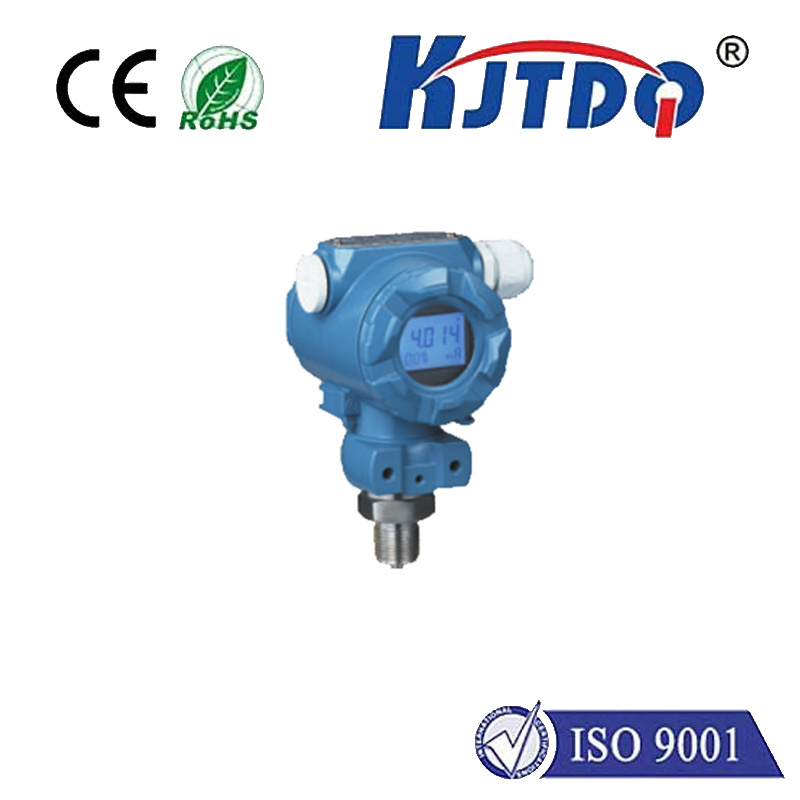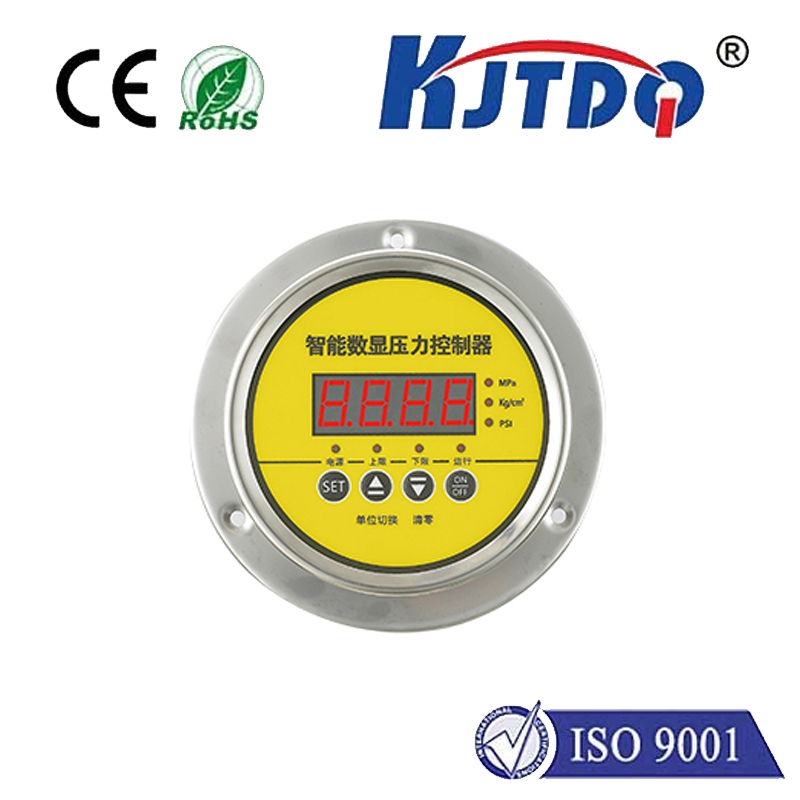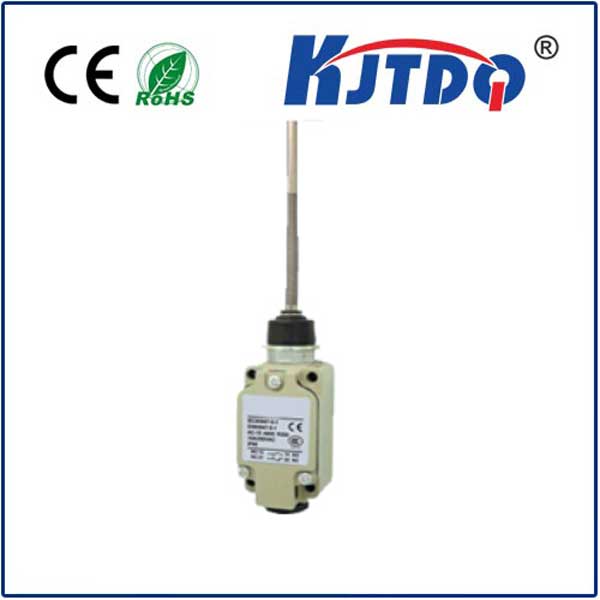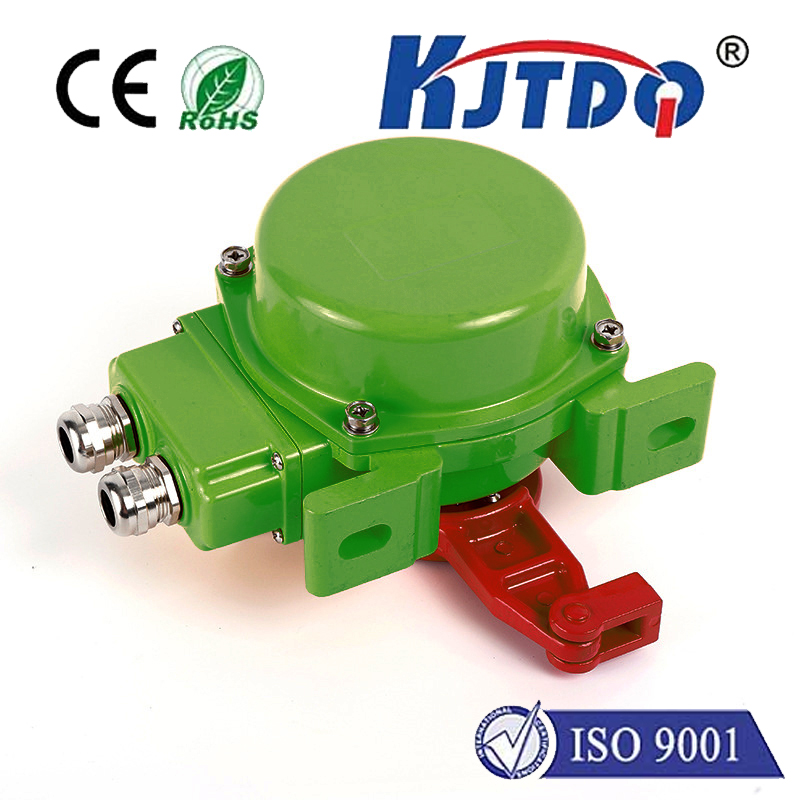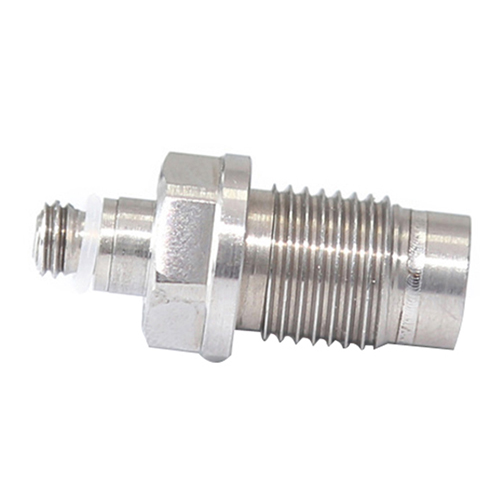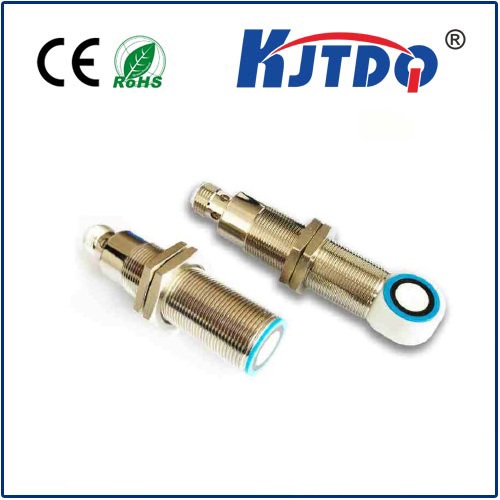transmissive optical sensor
- time:2025-08-15 03:08:40
- Нажмите:0
Seeing Through the Need: Understanding and Applying Transmissive Optical Sensors
Title: Transmissive Optical Sensors: The Unseen Backbone of Precision Detection
Imagine a garage door that stops instantly the moment your child’s toy rolls underneath. Picture a factory conveyor reliably counting thousands of pills per minute without a single miscount. Envision a high-speed printer perfectly aligning pages every single time. The silent guardian enabling these feats of safety and precision? Often, it’s the transmissive optical sensor, an unsung hero working tirelessly in the background of our automated world. Far more than just a simple component, this technology provides fundamental, non-contact detection critical across countless industries.
How Does a Transmissive Optical Sensor Actually Work?
At its absolute core, a transmissive optical sensor (also commonly called a through-beam sensor) relies on a remarkably simple yet elegant principle. It consists of two distinct, physically separate components:
- Emitter (Light Source): This unit houses a focused light source, almost always an infrared LED due to its stability and invisibility, though visible red light or even laser diodes are used for specialized applications requiring high precision or long ranges.
- Receiver (Detector): Positioned directly opposite the emitter, this component contains a light-sensitive element, typically a phototransistor or photodiode, specifically tuned to detect the wavelength emitted by its paired transmitter.
The core detection mechanism is straightforward:

- When no object interrupts the direct line of sight between the emitter and receiver, the emitted light beam travels unimpeded and strikes the receiver’s photodetector.
- The receiver detects this continuous beam presence, signaling a clear path (often interpreted as a logical “ON” or “PRESENT” state, depending on the sensor’s output configuration).
- When an object enters the detection zone, it physically interrupts the light beam traveling from the emitter to the receiver.
- The receiver stops detecting the light signal. This change in state (beam blocked) is then processed by the sensor’s internal electronics. The output signal switches, indicating the presence of the object (often a logical “OFF” or “ABSENT” state).
Why Choose Transmissive Optical Sensing? Key Advantages
This fundamental operating principle grants transmissive sensors significant advantages over other sensing technologies like датчик диффузного отражения or ultrasonic sensors in many applications:
- Superior Range and Sensing Distance: Through-beam sensors achieve the longest possible detection distances for optical sensors. Emitters and receivers can be positioned meters apart, ideal for large machinery or wide conveyors.
- Exceptional Reliability and Accuracy: Because the receiver detects only the directly transmitted beam (not reflections off the target or background), they offer the highest reliability among optical sensors. Detection is unambiguous – an object is either blocking the beam or it isn’t.
- High Precision Object Detection: They excel at detecting very small objects, even fast-moving ones, like wires, thin labels, or tiny electronic components, because the detection point is defined precisely by the beam itself.
- Insensitivity to Target Properties: Unlike diffuse sensors, which rely on the reflectivity of the target, transmissive sensors work reliably regardless of an object’s surface color, texture, or material (as long as it’s opaque enough to block the beam). Transparent objects or liquids typically require specific sensors designed for those media.
- Robust Performance in Challenging Environments: Well-designed transmissive sensors feature high immunity to ambient light interference and can often operate effectively in dusty or misty conditions if properly rated, as the focused beam is less prone to scattering than reflected light.
Where Does This Technology Truly Shine? Core Applications
The unique strengths of transmissive optical sensors make them indispensable in scenarios demanding certainty and precision:
- Object Presence/Absence Verification: Confirming parts are loaded in fixtures, packages are present on conveyors, bottles are upright before filling.
- Precision Counting: Accurately counting pills, capsules, small parts, or products on high-speed lines.
- Edge Detection & Web Break Monitoring: Detecting the edge of materials like paper, film, or fabric, and instantly signaling tears or breaks in continuous webs.
- Position and Limit Control: Verifying the open/closed status of doors, gates, valves, or robotic arm positions; acting as safety interlocks.
- Speed Detection & Synchronization: Measuring rotational speed (e.g., using a slotted disk interrupting the beam) or synchronizing processes.
- Security Systems: Creating invisible light barriers for perimeter protection or intrusion detection.
- Automotive Manufacturing: Verifying part placement, detecting robot end-effector position, and safety guarding.
- Packaging Machinery: Ensuring carton flaps are folded, labels are applied, and fill levels are correct downstream.
Selecting the Right Transmissive Optical Sensor: Crucial Considerations
Not all through-beam sensors are created equal. Matching the sensor to the specific application involves evaluating several key factors:
- Sensing Range: The required distance between the emitter and receiver.
- Beam Spot Size & Precision: Determines the minimum detectable object size. Laser emitters offer the smallest spot size for high precision.
- Speed: The response time of the sensor must be fast enough to detect objects moving at the line speed.
- Light Source: Infrared (most common), visible red (easier alignment), laser (long range, high precision).
- Output Type: Discrete outputs (PNP/NPN transistor, relay) or analog outputs for distance/position measurement variants.
- Housing & Mounting: Size, shape, and material (metal or plastic) suitable for the environment and mounting constraints.
- Environmental Resistance: IP rating for dust and water protection, resistance to chemicals, temperature range tolerance.
- Electrical Requirements: Operating voltage and current consumption.
- Special Features: Synchronization capabilities to prevent crosstalk in multi-sensor setups, time-delay functions, sensitivity adjustment.
Beyond Basic On/Off: Advanced Variations
While the core principle remains interruption of a light beam, transmissive sensor technology has evolved:
- Fork Sensors (Fork Light Barriers): These integrate the emitter and receiver within a single U-shaped fork housing, drastically simplifying alignment for close-range applications like small part detection on assembly lines. Fixed gap sizes offer high precision for detecting specific object heights. Alignment is inherent in the design.
- Slot Sensors: Similar to fork sensors but often with a narrower profile, designed for detecting thin objects like cards or sheets in printers or ATMs.
- Fiber Optic Through-Beam: Utilize separate emitter and receiver fiber optic cables connected to a central amplifier unit. Provides immune sensing in extremely confined spaces, high temperatures, or areas with strong EMI where traditional sensors cannot be placed. The sensing point is defined by the fiber tips.
A Fundamental Pillar of Automation
Transmissive optical sensors are not the flashiest technology, but their impact is profound. By providing a fundamentally reliable, precise, and non-contact method of detecting the interruption of a light beam, they form an essential foundation for modern automation, safety systems, and quality control processes. From ensuring garage doors stop for pets to guaranteeing pharmaceutical packaging integrity, through-beam sensing delivers the certainty required in a world increasingly driven by machines. Understanding their working principle, advantages, limitations, and diverse applications is crucial for engineers, technicians, and anyone involved in designing, maintaining, or utilizing automated systems where seeing through the need for reliable detection is paramount.

